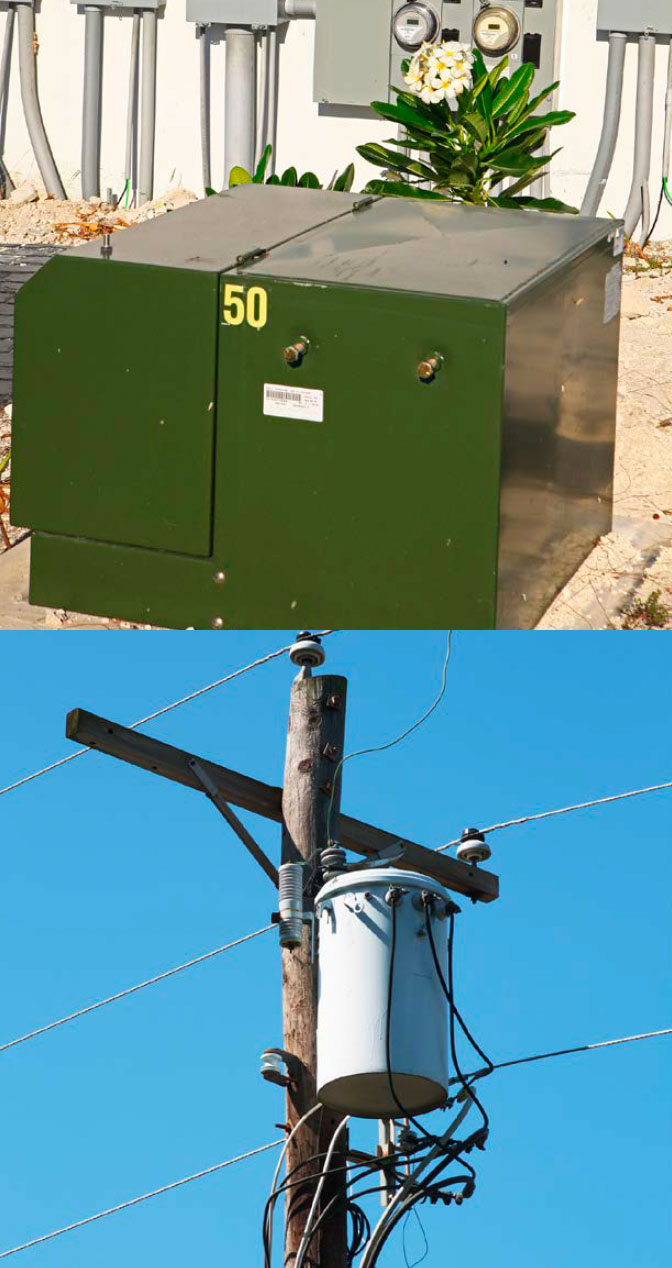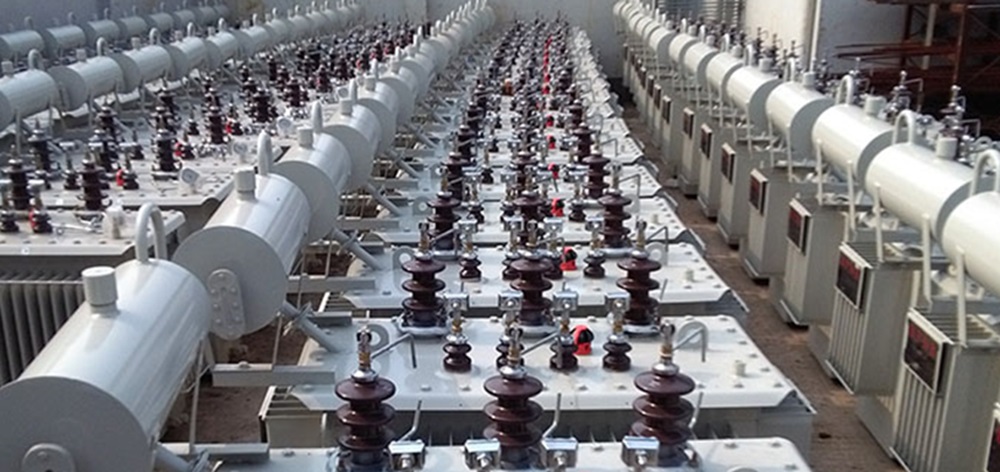As the clean energy buildout continues to grow, one of the challenges looming over the industry is shortages and price increases in the global transformer market. National Renewable Energy Lab (NREL) researchers produced the report, Major Drivers of Long-Term Distribution Transformer Demand, in order to quantify the long-term demand for distribution transformers.
“Distribution transformers are a bedrock component of our energy infrastructure,” National Renewable Energy Laboratory (NREL) researcher Killian McKenna said. “But utilities needing to add or replace them are currently facing high prices and long wait times due to supply chain shortages. This has the potential to affect energy accessibility, reliability, affordability—everything.”
Reasons given for the shortages and price spikes include increased raw material demand, pandemic-related shortages and backlogs, labor constraints, shipping issues, and geopolitical tensions. In some parts of the world, the shortages are acute.
Transformers are a necessary piece of the energy puzzle, as they manage the flow of electricity along the power grid by changing high-voltage electricity from transmission lines into low-voltage electricity before it reaches consumers.
“A lot of factors can drive the demand for transformers, which makes long-term forecasting especially challenging,” McKenna said. “For instance, load growth from electrification of buildings and transportation, increased frequency and magnitude of extreme weather events, and the need to modernize aging electrical infrastructure can all impact the future demand for transformers.”
The NREL team is the first to quantify the number, capacity, age, and use of the nation’s current transformer stock. This was no small feat, as the nation’s transformers are owned by over 3,000 municipal, cooperative, and investor-owned utilities. About 20% of transformer capacity is privately owned by large commercial and industrial customers, according to the report authors.
The study found that utilities are experiencing extended lead times for transformers of up to two years (a fourfold increase on pre-2022 lead times) and reporting price increases by as much as four to nine times in the past 3 years.
According to the researchers, the increased demand is due to increased electrification, increased clean energy going to the grid as well as an aging electric infrastructure that needs replacement. Preliminary analysis estimates that overall stock capacity needs to grow 160% to 260% by 2050, compared to 2021 levels to meet increasing energy demands across residential, commercial, industrial and transportation sectors.
The Code of Federal Regulations defines distribution transformers as those that have an input voltage of 34.5 kV or less, an output voltage of 600 V or less, and a capacity of 10–2,500 kVA. For this study the researchers examined transformers up to 5,000 kVA because of the trend of increasing capacities due to electrification and also because of pending revisions in proposed rules. The authors state that they “loosely interpret input and output voltages, given the trend of bidirectional power flow due to distributed energy resources (in particular, solar photovoltaics).”
They also consider step-up transformers, used for renewable energy resources and most battery chains, and manufacturers as distribution transformers. Step-up transformers are used to convert low-voltage electrical generation into high-voltage electricity for long-distance transmission. The demand for these will grow as they are needed to integrate wind and solar farms onto the power grid by adjusting voltages, improving efficiency, and enhancing grid reliability.
Overall, they expect the type of transformers utilities will require is expected to change. Larger transformer sizes will be needed and pad-mount, dry-type, and submersible transformer demand will also increase demand for larger transformer sizes is expected to increase due to electrification. Enhanced reliability and resilience will increase the demand for pad-mount, dry-type, and submersible transformers. As previously mentioned, step-up transformer demand will also increase—all of which will put increased pressure on transformer manufacturing.
The analysis is based on estimating the peak demand that would need to be met by distribution transformers, which considers the increased electricity demand across the economy from scenarios outlined in NREL’s Electrification Futures Study.

Image: Getty Images
The insights gained from this work will help stakeholders better understand load metrics, including how an increased electrification scenario affects peak electricity demand, which will enable better distribution planning.
Seven trade groups, for example, have called for $1.2 billion in federal funding to help manufacturers of distribution transformers boost their production capacity, in a letter to U.S. Senate leadership. The letter states that “robust” domestic production of distribution transformers will help ensure a reliable U.S. grid, while also reducing dependence on importing products from overseas.
“The administration is focused on the importance of distribution transformers and other critical components to the reliability of our nation’s power grid,” said Gil Bindewald, principal deputy assistant secretary for the Office of Electricity. “We are grateful for the strong collaboration between all stakeholders that has occurred to-date and hopeful that this cutting-edge analysis will serve as a catalytical foundation to inform impactful solutions that ensure America can meet its emerging energy needs.”
The researchers concluded that demand modeling is critical to gaining a realistic understanding of future utility requirements. The NREL team said it will continue to work with the Office of Electricity and Office of Policy to refine their analysis to help the industry come to consensus on projected transformer demand.
This content is protected by copyright and may not be reused. If you want to cooperate with us and would like to reuse some of our content, please contact: editors@pv-magazine.com.









Thank you for brining light to the issue. This is one component of an even larger issue. The meter sockets we use to power homes has 99 week lead time and longer lead time. I’m still waiting for a meter socket I ordered 2 years ago. With no rhyme or reason besides Covid. That would be another good piece. Without meter sockets you can not finish a project till that component arrives
Hey Mike, my local Home Depot has 900 meter sockets in store. Are you looking for something very niche? Doesn’t seem to be a shortage for residential meter sockets.
Are they out of their minds? Demand already out paces our current infrastructure and our aging infrastructure cannot even keep up with the radical electrification of our auto industry. Furthermore this claim to renewable energy is preposterous. To think they are clean energy providers is a farce. How much pollution does it emit just to produce such items. Not to mention all of the resources needed are sent to China. They control the entire supply of the dynamics of supply and demand as a whole. Even if, and this is highly imaginative, they stop sending the needed items needed to them to produce said products, we as a nation lack the ability to produce said items. The emissions produced to manufacture this type of product needed and the disposal of byproducts in a safe manner will leave this planet scorched and barren for all time. I think that the misinformed public should be brought up to speed on all that is needed and all that is required to do what the higher powers that be are wanting us to conform to. With all the mis and dis information out there presented as a whole, were to reveal the truth behind their proposed increase in production, cost and environmental impact, what do you think would realy happen to this ideological idea that all electric is the green way of the future? I dare any one or any business to challenge me with true and factually correct data to the public and see the informed decision of the general consensus.
Well, one major reason that these damn lead times and scarcity of critical infrastructure components is a direct result of two things that can easily be rectified with some policy changes and some critical thinking about the process that is involved in their production. #1 it’s no seceret that over the decades the US has taken these industrial production capabilities and off shored them to foreign countries, mainly China, for several reasons, one being the cheaper labor costs in producing the transformers, and two the over regulation of the emissions involved in creating these transformers domestically is a big no no for the climate change r-tards that are under the assumption that man made climate change is real, or that the sun doesn’t have the final say in the climate on every planet it reaches. The thing is the emissions that are produced in the production of the transformers doesn’t just not exist just because they’re not made in the US anymore, you’re just transferring the emissions to the manufacturing country, by which in turn just creates additional emissions because now you also have to ship it across the ocean to even get it…
By explaining all of that the simple policy changes would be to recognize that we need to relax the ridiculous amount of regulations on the domestic production of the transformers that we require now and well into the future, that would also mean that companies who are currently producing them overseas using near equivalents to slave labor, and side stepping the environmental regulations would have to cut some profits from their corrupt upper management, and re shore the production and actually hire on and pay some US citizens a liveable wage…I know snowballs chance of that….but it would do two things, it would eliminate the lead times and geopolitical tensions and ensure that we weren’t at the mercy of geopolitical rivals who can easily cut the flow of these critical infrastructure necessities off…I find it absloutely infuriating that the political class can’t figure that shit out with our tax dollars, but they always find a way to fund pointless wars that we have no business being involved in in the first place…also that it’d only take a couple billion to sufficiently harden the infrastructure against emp attacks, but choose not to, that’s an easy fix that the political class can’t be bothered with doing, because that would benefit the citizens instead of their pocketbooks…thats how you know its deliberately being an exposed weak point…